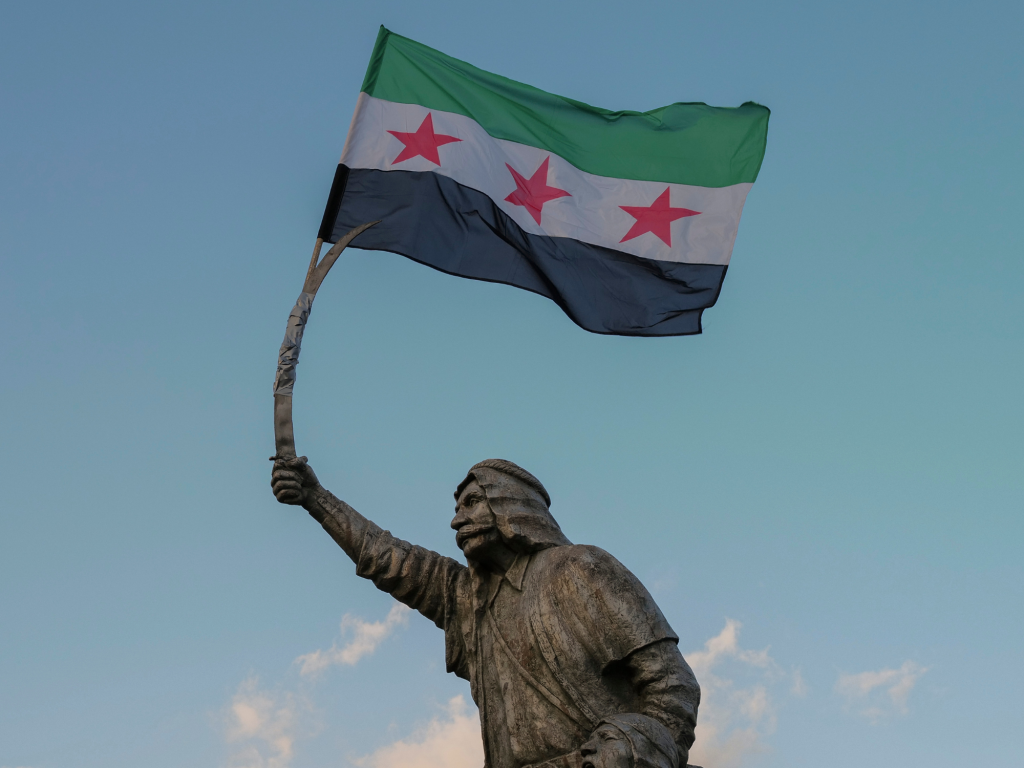New BICOM research: Six months after the fall of the Assad regime, Israel faces a new and volatile reality on its border with Syria. BICOM’s latest paper explores the post-Assad landscape, from Israel’s posture to the emerging Druze alliance and the changing regional axes of power.
- In the six months since the Assad regime’s collapse, Israel has adopted a forward-leaning posture in Syria – militarily, politically, and diplomatically. Despite initial satisfaction at Assad’s removal, Israel has not welcomed his successor, Ahmed al-Sharaa, who previously led the jihadist Nusra Front and is viewed with deep suspicion in Israeli security circles.
- On the day the regime fell, the IDF moved decisively to take full control of the long-standing buffer zone once patrolled by UNDOF, along with several strategic sites just inside Syrian territory. This step was taken to ensure that southwestern Syria does not become, like southern Lebanon or post-Qaddafi Libya, a haven for hostile militias and jihadist operating under the cover of state collapse.
- After Assad’s fall, Syrian Druze began seeking Israeli protection following jihadist attacks and civil unrest. Cross-border Druze visits and religious pilgrimages have resumed, symbolising a growing informal alliance. Nevertheless, for Syrian Druze, overt alignment with Israel remains fraught with risk. Historical precedent from Lebanon offers cautionary lessons about the long-term viability of alliances with Israel for minority groups in the region.
- Israeli strategy is anchored in one central imperative: preventing the emergence of jihadist-controlled zones along its borders. Past experience with Hezbollah and Hamas has shown that it is easier to prevent the consolidation of such actors than to dislodge them once entrenched.
- Israel is also committed to protecting the Druze minority and, where possible, maintaining its longstanding alliance with the Kurds as well. This is a moral commitment that Israel needs for its own regional credibility, as well as a minimal condition of maintaining its rule in the Golan.
- The rise of al-Sharaa has opened the door for the Turkish-Qatari axis to expand directly into Syria. Trump’s overture, aligned with Qatari and Turkish interests, does not necessarily conflict with Israeli actions on the ground – in fact, it tacitly acknowledged and accepted Israel’s assertive military presence, including in the buffer zone and in support of the Druze.





